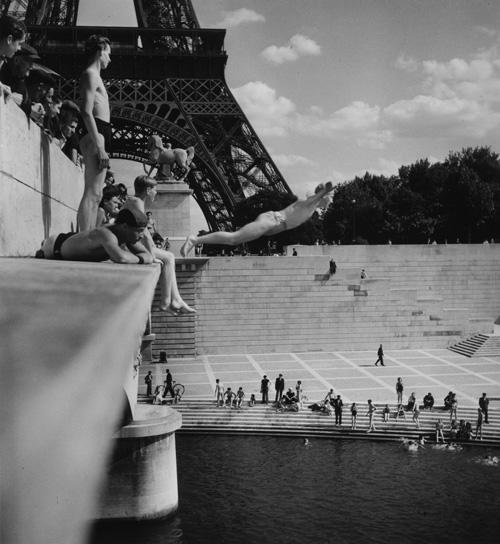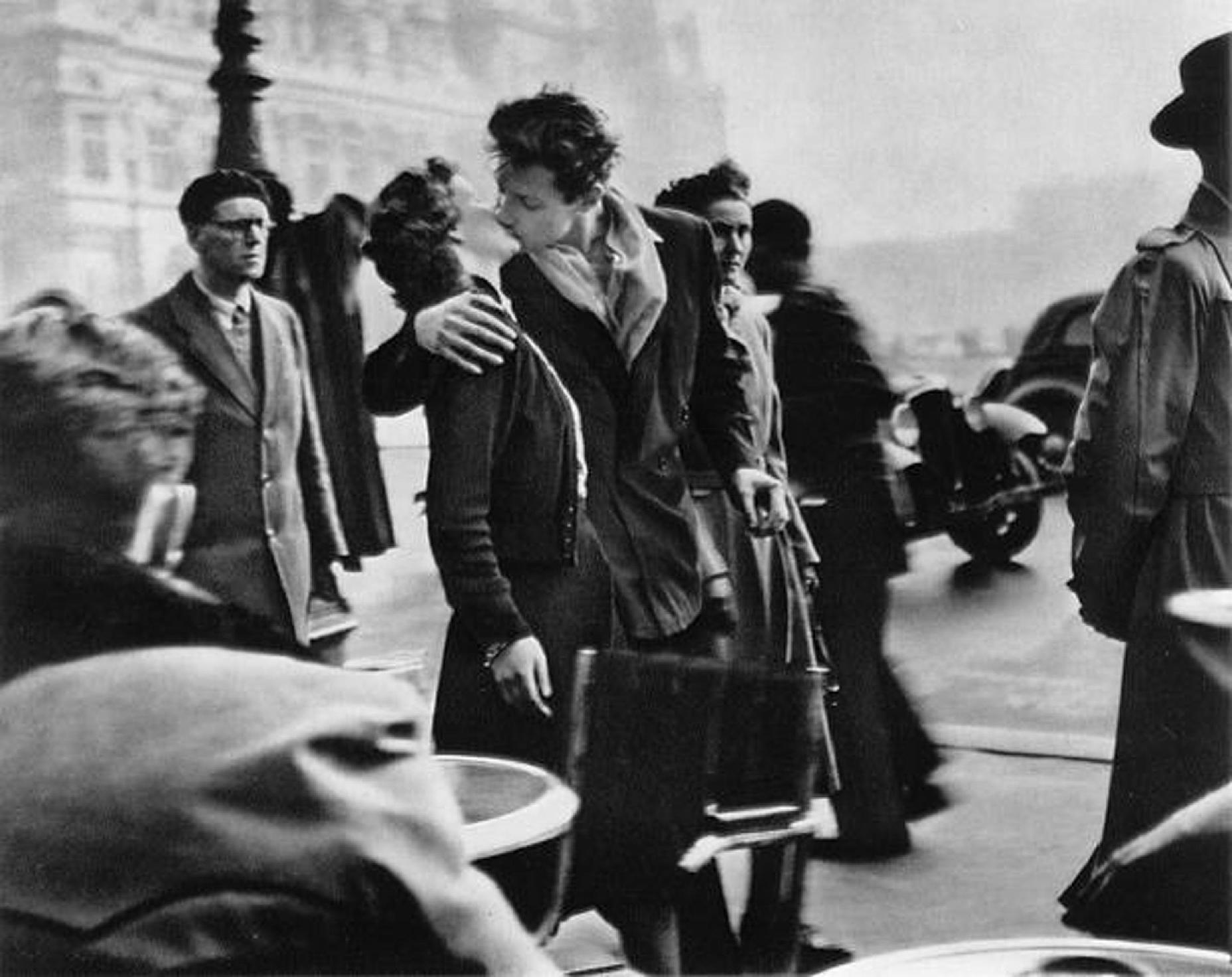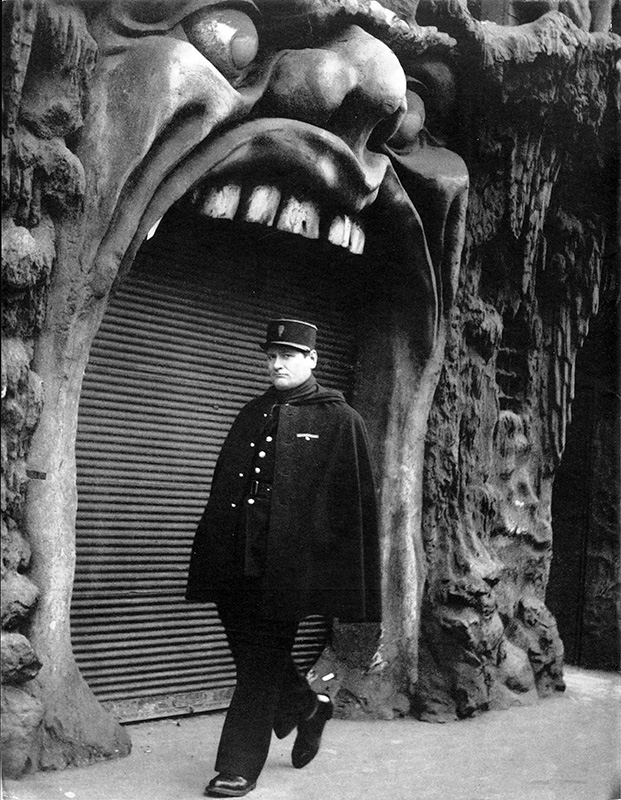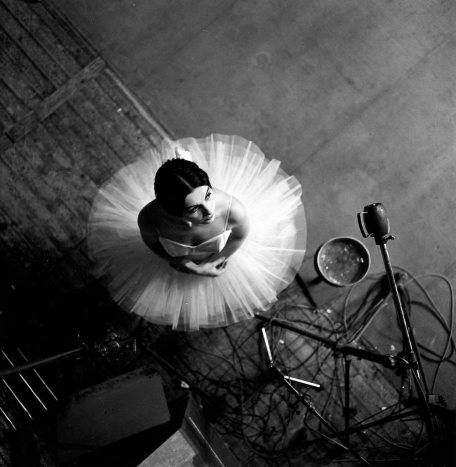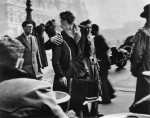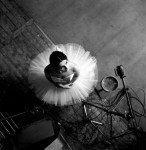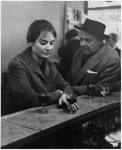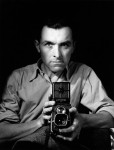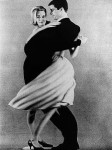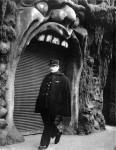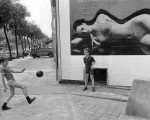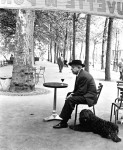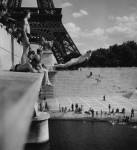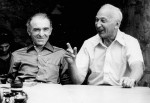14 April 1912 – 1 April 1994
“I don’t photograph life as it is, but life as I would like it to be.”
Today is the birthday of one of the greatest pioneer’s of Photojournalism, Robert Doisneau, who would’ve been 101 on this day! Doisneau is regarded as one of France’s most popular and prolific reportage photographers, who is known for his playful, and ironic photographs of the growing eccentric life of Paris in the 20th century. This influential photographer is best known for his magical photograph entitled Le baiser de l’hôtel de ville (Kiss by the Hôtel de Ville), 1950 (shown below), which has been reproduced upon thousands and thousands of times over and over again, making this picture over many others of the ‘city of love’ the symbol of young love in Paris.
During his expansive career, photographer Robert Doisneau documented the French people is such a compelling way, where he with camera in hand sought for the surreal in everyday life. Doisneau’s work contained a distinctive sense of humour as well as a deep empathy for his subjects.
Doisneau was exposed to photography in the advertising department of a pharmaceutical firm. He embraced this new-found interest in photography and largely taught himself. Outside of his job, he began to see photography as a medium for at first a hobby – recording every day life during his wanderings through the streets of Paris. He began photographing details of objects in 1930 and sold his first photo-story to the Excelsior newspaper in 1932.
Robert Doisneau was born in 1912 in Gentilly in the Val-de-Marne near Paris. He studied engraving and lithography were he went on to work at lettering and advertising photographs in 1930. By 1931 he began to work for André Vigneau as his cameraman, and then joined the Renault factory in Billancourt in 1934 working as an industrial and advertising photographer.
In 1939 Doisneau was fired for being consistently late, he then decided to try some freelance advertising and postcard photography to earn his living. The postcards were a major outlet for photgraphers at the time and France had Europe’s largest industy. Later on in the year Doisneau was hired by the Rapho photo agency, where he created some of his professional street photographs, yet with the outbreak of the Second World War, however, he was called upon to serve in the French Army for a year before working for the résistance until 1945.
Some of Doisneau’s most memorable photographs were taken after the war, where after the war he joined the Alliance Photo Press Agency but finally returned to Rapho a year later, and remained with them throughout his working life, despite receiving an invitation from Henri Cartier-Bresson to join Magnum Photos. In 1949, Doisneau signed a contract with the fashion magazine Vogue, for which he worked as a full-time staff photographer until 1952 and from then carried on as a freelance photographer. Through his activities for Vogue, the photographer became acquainted with high-society circles, for which, however, he did not have as much sympathy as he did for the common people in the streets.
“The marvels of daily life are exciting; no movie director can arrange the unexpected that you find in the street.”
In 1950 Doisneau created his most recognizable work for LIFE – Le baiser de l’hôtel de ville (Kiss by the Hôtel de Ville), a photograph of a couple kissing in the busy streets of Paris, which became an internationally recognised symbol of young love in Paris. The identity of this couple remained a mystery until 1992.
Jean and Denise Lavergne erroneously believed themselves to be the couple in The Kiss, and when Robert and Annette (his older daughter and also his assistant at the time) met them for lunch in the 1980s he “did not want to shatter their dream” so he said nothing. This resulted in them taking him to court for “taking their picture without their knowledge”, because under French law an individual owns the rights to their own likeness. The court action forced Doisneau to reveal that he posed the shot using Françoise Delbart and Jacques Carteaud, lovers whom he had just seen kissing, but had not photographed them initially because of his natural reserve; he approached them and asked if they would repeat the kiss. He won the court case against the Lavergnes. Doisneau said in 1992, “I would never have dared to photograph people like that. Lovers kissing in the street, those couples are rarely legitimate.”
Information: Robert Doisneau/ Staley Wise Gallery






